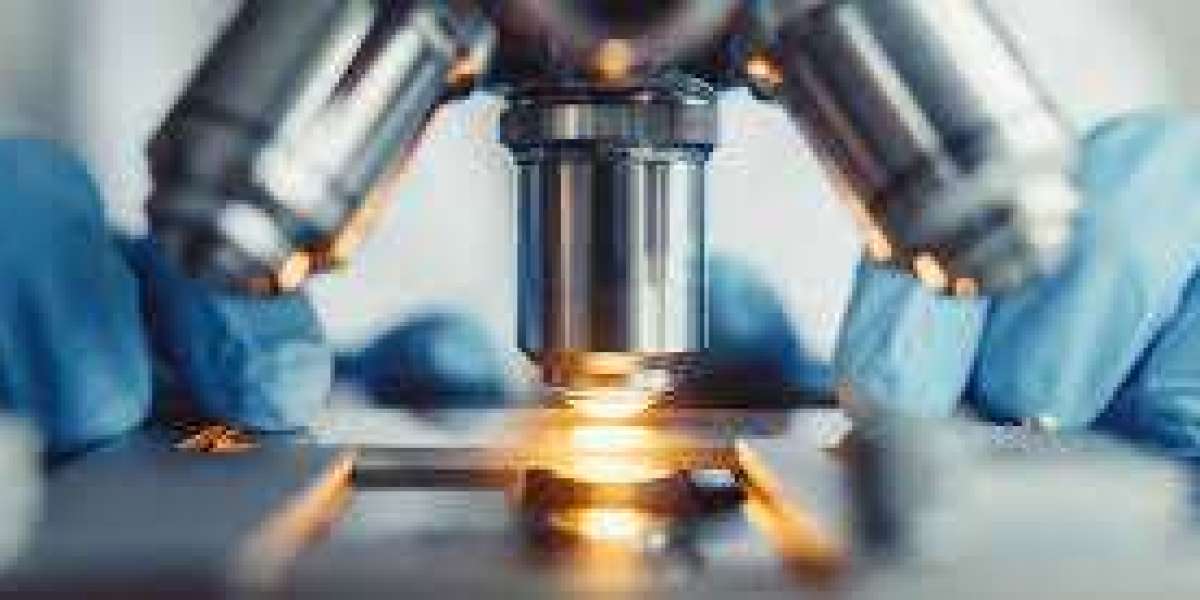On August 29, Nature Communications Published the latest research results "The non-redundant functions of PIWI family proteins in gametogenesis in golden hamsters" by Wu Ligang's research group from the Center for Excellence in Molecular Cell Science (Institute of Biochemistry and Cell Biology) of the Chinese Academy of Sciences and Li Jianmin's research group from Nanjing Medical University. Using the golden hamster (Mesocricetus auratus, golden hamster) as an animal model, this study comprehensively revealed the non-redundant regulatory functions of PIWI family members and the piRNAs bound to them in gametogenesis and early embryogenesis, laying a foundation for the study of mammalian piRNA functions.
piRNA (PIWI-interacting RNA) is a kind of non-coding small RNA specifically expressed in germ cells. It forms an effector complex with PIWI protein, participates in transposon silencing and gene expression regulation, and plays a wide and important role in gametogenesis and fertilized egg development. Previous functional understanding of mammalian PIWI/piRNA was mainly based on mouse models. However, the previous research of the research group showed that the composition of non-coding small RNAs in mouse oocytes is not widely representative in mammals, and for the first time discovered a new piRNA family member os-piRNA in human and cynomolgus oocytes (2019, Nature communication). Three recent independent studies including this research group have shown that the deletion of PIWIL1 and MOV10L1 (RNA helicase), important proteins in the piRNA pathway, can cause male and female infertility in golden hamsters, which is significantly different from the phenotype in mice (2021, Nature Cell Biology). The above studies prove that mice are not the best animal model to study the function of piRNAs in mammalian female germ cell development. The classical conclusions of mammalian piRNAs established in mice need to be re-studied or confirmed in more representative golden hamsters.
In response to the above scientific problems, the researchers prepared and obtained specific antibodies to the four PIWI proteins. Combined with super-resolution confocal microscopy, the temporal and spatial expression characteristics of four PIWI subfamily proteins were comprehensively analyzed during spermatogenesis, oogenesis and early embryonic development in golden hamsters. At the same time, combined with high-throughput sequencing technology, the expression profile of piRNAs bound by PIWI proteins in different developmental stages was carefully described.
Subsequently, the researchers used CRISPR technology to construct four PIWI-deficient golden hamster mutant lines, and studied the reproductive defect phenotypes caused by different PIWI protein mutations. The results show that PIWIL1 is highly expressed in both female and male germ cells and early embryos, and mainly binds to 29-30 nt piRNA, which leads to infertility in both sexes after mutation: A large number of mutant germ cells died before entering the diplotene stage, and some germ cells that could enter the diplotene stage subsequently stagnated, while the mutant oocytes could develop normally, but the embryo development stagnated at the 2-cell stage after fertilization.
PIWIL2 and PIWIL4 are mainly expressed in germ cells, but their expression has obvious phase specificity, and they bind to 27 nt or 28 nt piRNA, respectively. After mutation of PIWIL2 or PIWIL4, the spermatogenic process is severely blocked, and a large number of spermatogonia undergo apoptosis, resulting in male sterility. PIWIL3 is highly expressed in oocytes and early embryos, combined with 19 nt os-piRNA, oocytes develop normally after mutation, but the development of embryos after fertilization is delayed, and most of them stagnate or apoptotic during development, eventually leading to a significant decline in fertility.
Studies have found that there is a clear division of labor but a close relationship between the functions of PIWI proteins. In oocyte development, PIWIL1/piRNA can compensate for PIWIL3/piRNA activity and repress the expression of active transposons dominated by LINE/L1 and LTR/ERVK, but not vice versa. During the development of germ cells, the nuclear import function of PIWIL4 and the processing of related piRNAs depend on PIWIL2, and the two cooperate to complete the transcriptional and post-transcriptional silencing of transposons.
In summary, this study used a more representative golden hamster as a model to comprehensively map the temporal and spatial expression profiles of each member of the PIWI family in gametogenesis and early embryonic development, and to construct and compare the fertility and molecular phenotypes of four PIWI mutants. Four PIWI proteins were found to have non-redundant regulatory roles in gametogenesis and early embryonic development, providing an important theoretical basis and animal model for the diagnosis and treatment of piRNA pathway abnormalities and human reproductive-related diseases.







